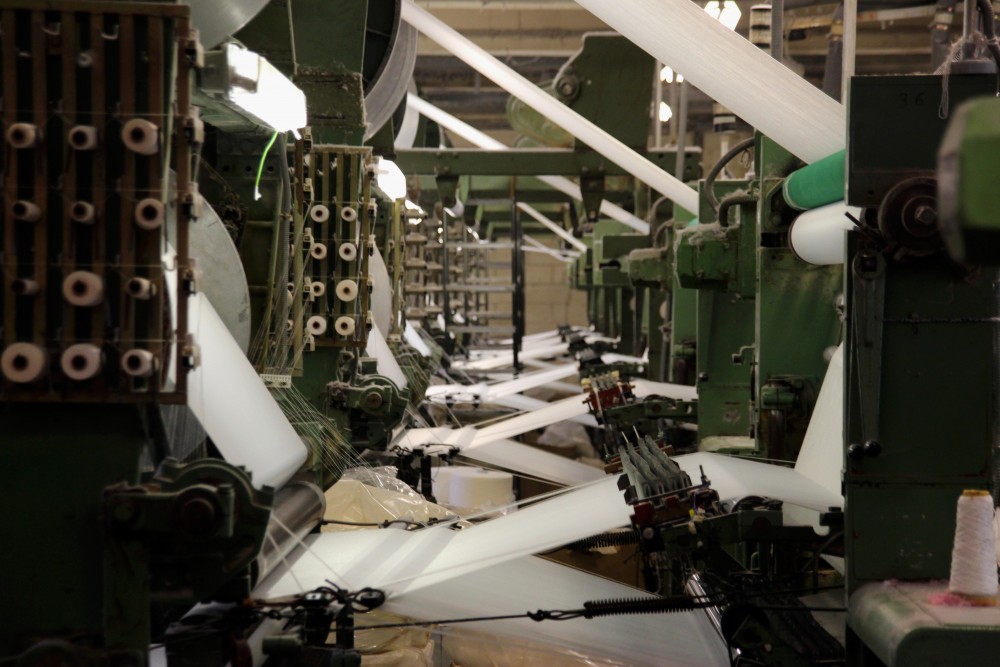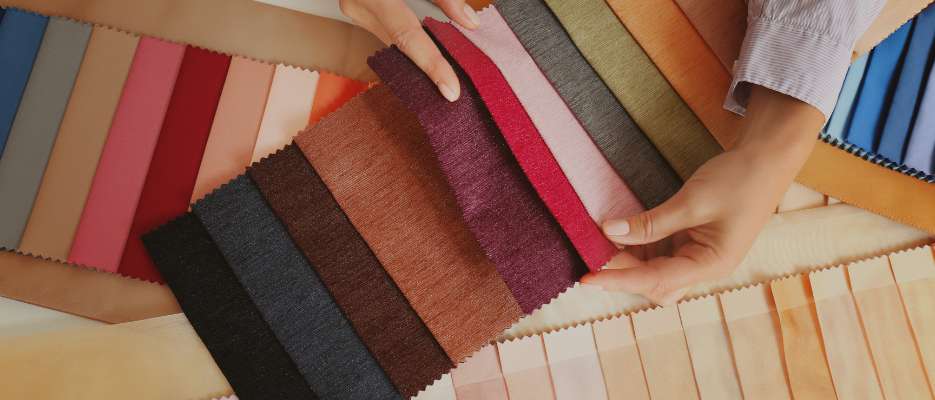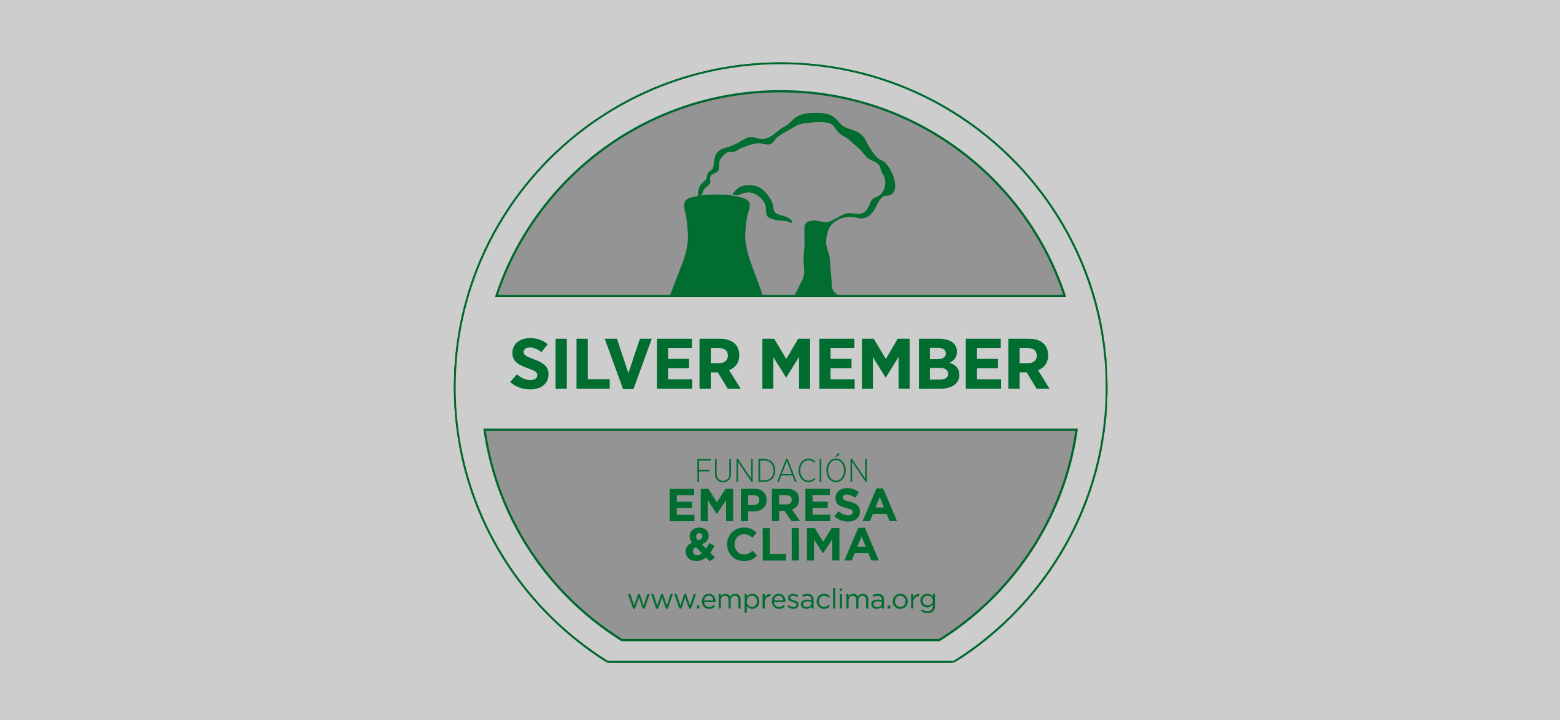
The sector triggers exports by 7.3% and consolidates job creation.
The Spanish textile sector halted the closure of companies in 2016, a trend that had been constant since the beginning of the crisis in 2008, after almost a decade of continuous loss of industrial fabric, according to the Annual Balance and Outlook of the Textile Sector for 2016 prepared by the Texfor employers’ association, which La Vanguardia has had access to. According to the Texfor report, in 2016 there were 3,562 active companies, only three less than the previous year. Nearly 90 companies were lost in 2015 and since 2008 the number of active companies in the sector has fallen by about 1,800 in a black decade.
The sector, as in previous crises, has undergone the umpteenth process of consolidation, but now companies are more competitive and productivity has increased“. The average profile of the companies of the textile industry are pimes that occupy an average of 30 workers. “Now we can say that we have overcome the crisis, although the recovery has been slow and progressive”.
The new record in exports illustrates the way out of the crisis for many textile companies. Last year, exports reached a new record up to 3,891 million euros, 7.3% more than in 2015. Sales abroad have been the key to the survival of many companies in the industry. “Exports have been crucial year after year.” The forecasts handled by the bosses show that 2017 may be the first year in history with a positive trade balance for the textile industry, thanks to the growth of exports.
In 2016, the trade deficit was still 517 million euros, representing a further 3% reduction. And if exports continue to grow at rates of 7% this year the trade balance will be balanced. Textile imports suffered a sharp fall during the crisis, but were re-triggered in 2014 with the first signs of recovery. Regarding the destination of exports, the ones that increased the most were those directed to North Africa (12.8%).
Exports to the EU grew by 4.8%, while sales to the American continent slowed significantly last year. The main customers of the Spanish market are the EU with 56% of total sales and North Africa with 24%. The ranking of buying countries is led by Morocco, France, Portugal, Italy and Germany, which represent 58% of total foreign sales. On the other hand, the greatest increase in purchases abroad was concentrated in knitted fabrics (18.9%) and carpets and coatings (9.3%).
The imports of textile machinery also stood out, accumulating an increase of 56% in the last three years. Respecto al origen de estas importaciones, la Unión Europea sigue siendo el principal de ellos con el 44% del total, seguida por los países asiáticos que representan el 40%, donde destaca China que representa el 21,3% del total de las importaciones. In 2016, the largest foreign purchases were from North Africa, although the main suppliers remain China, Italy, Portugal, Turkey and Germany, which account for 55% of total imports.
Another positive aspect of the sector is the consolidation of job creation, ending 2016 with 44,799 workers, a 3.7% increase compared to the previous year. However, the textile industry has lost more than 10,000 jobs in the black decade of the crisis. Last year, turnover reached 5,654 million euros, 2.8% more than in 2015.
“EMPLOYMENT: The sector ended 2016 with 44,799 employees, 3.7% more than the previous year. PRODUCTIVITY: Now companies are more competitive.”
On the other hand, the growth of industrial production reached 5.1%, although industrial prices fell slightly by 0.5%. “During the crisis, the textile sector in addition to boosting exports, was dedicated to diversify its applications and now is not limited to being a supplier for fashion companies”. Diversification involves working for sectors such as the automotive and the industry, which implies the production “of less meters but with more value”
Source: LA VANGUARDIA
Subscribe to our newsletter
Receive all communications in your email to stay up to date with our news, as well as news and advice about the sector.
Latest published articles
Do you need advice?
We collaborate with you to develop custom designs tailored to the needs of each project, creating the fabric according to aesthetic, quality, or usage requirements.
Get in touch with us, and we will advise you on our products, or request a free sample.


